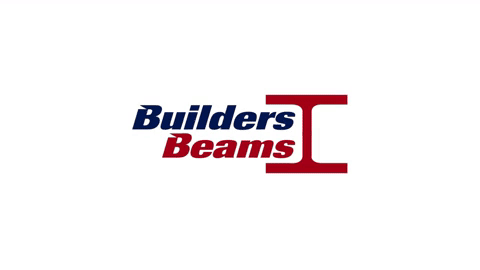Surface preparation is an essential yet often underappreciated aspect of welding, playing a critical role in determining the quality, strength, and safety of the welded structure. Throughout this article, we have delved into various facets of surface preparation, emphasizing its significance in achieving excellence in welding.
Contaminants like oil, rust, moisture, and dirt can significantly impair the welding process, leading to weak welds, increased corrosion, and potential weld failure. Effective surface preparation methods, including cleaning, mechanical preparation, and chemical treatment, are vital in removing these contaminants and ensuring the metal’s readiness for welding. Each method addresses specific types of contaminants and, when used in combination, provides a clean and optimal surface for welding.
Furthermore, the importance of adhering to health and safety guidelines cannot be overstated. The use of personal protective equipment, proper ventilation, safe handling and storage of chemicals, and effective hazard communication are essential to safeguard the health and safety of those involved in the welding process.
The Surface Readiness Scale, ranging from rust-covered to prepared and treated surfaces, offers a clear and practical guide for assessing the condition of metal surfaces before welding. Adhering to this scale ensures that the welding is performed on surfaces that are conducive to high-quality welds.
In conclusion, meticulous surface preparation is not merely a preliminary step but a cornerstone of high-quality, safe, and durable welding. By adhering to the best practices and safety guidelines outlined, welders can ensure that their work not only meets but exceeds the standards of strength and reliability required in various industries. This commitment to excellence in surface preparation is crucial for the long-term success and safety of welded structures and components.
Categories
Archives
- April 2024 (5)
- March 2024 (2)
- February 2024 (1)
- January 2024 (3)
- December 2023 (2)
- November 2023 (1)
- September 2023 (4)
- August 2023 (3)
- July 2023 (1)
- June 2023 (7)
- May 2023 (2)
- April 2023 (14)
- March 2023 (15)
- February 2023 (7)
- January 2023 (6)
- December 2022 (5)
- November 2022 (1)
- October 2022 (4)
- September 2022 (3)
- August 2022 (1)
- July 2022 (2)
- June 2022 (2)
- April 2022 (4)
- March 2022 (1)
- February 2022 (1)
- December 2021 (3)
- March 2021 (2)
- October 2020 (1)
- September 2020 (1)
- July 2020 (1)
- June 2020 (1)
- May 2020 (2)
- April 2020 (2)
- March 2020 (3)
- February 2020 (2)
- January 2020 (1)
- December 2019 (2)
- November 2019 (1)
- October 2019 (1)
- September 2019 (3)
- August 2019 (1)
- July 2019 (4)
- June 2019 (4)
- May 2019 (1)
- April 2019 (4)
- March 2019 (2)
- February 2019 (4)
- January 2019 (4)
- December 2018 (4)
- November 2018 (4)
- October 2018 (5)
- September 2018 (6)



